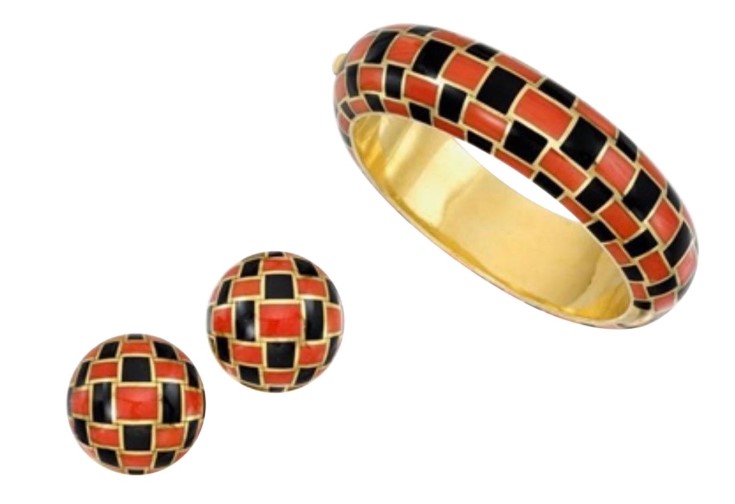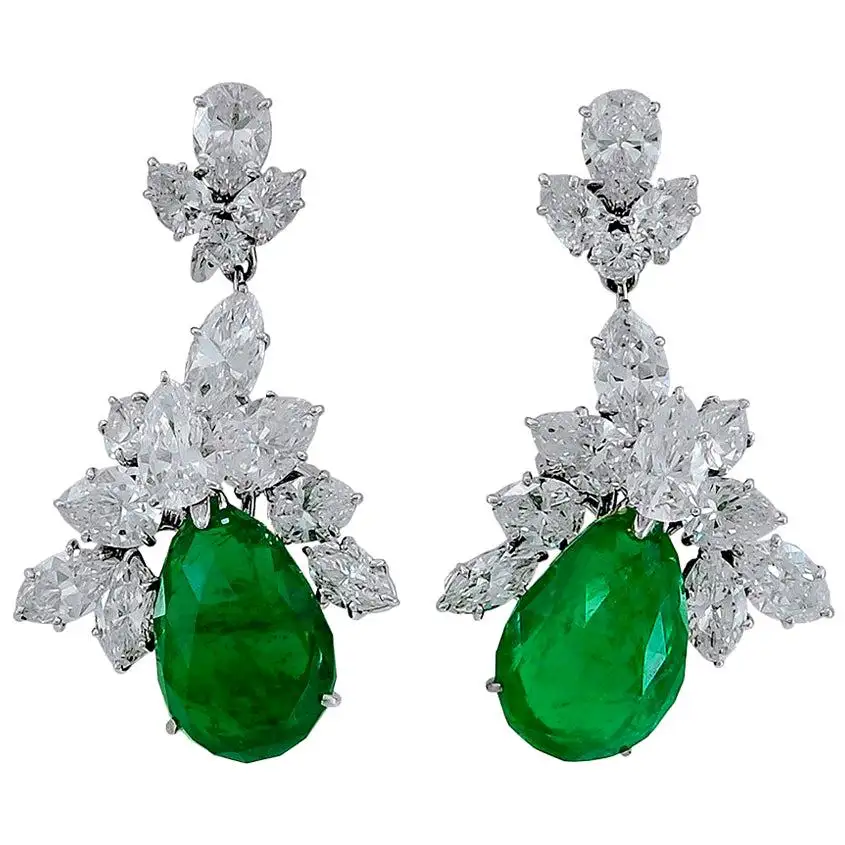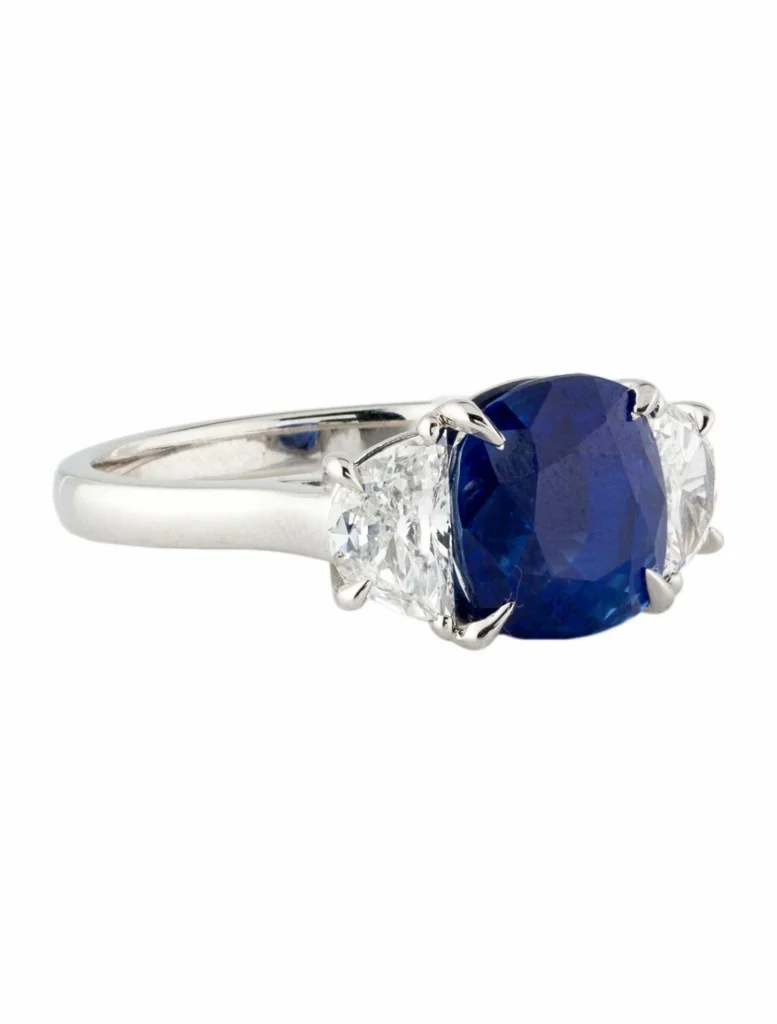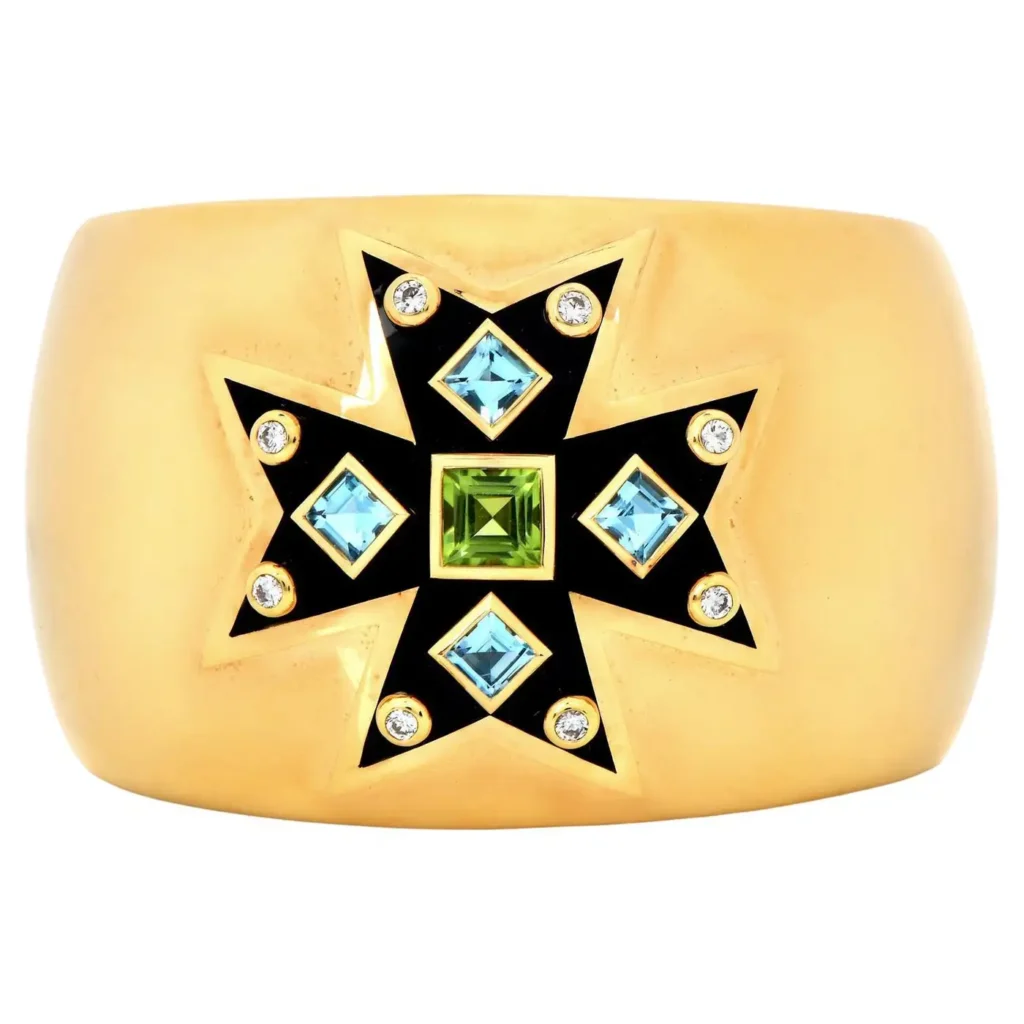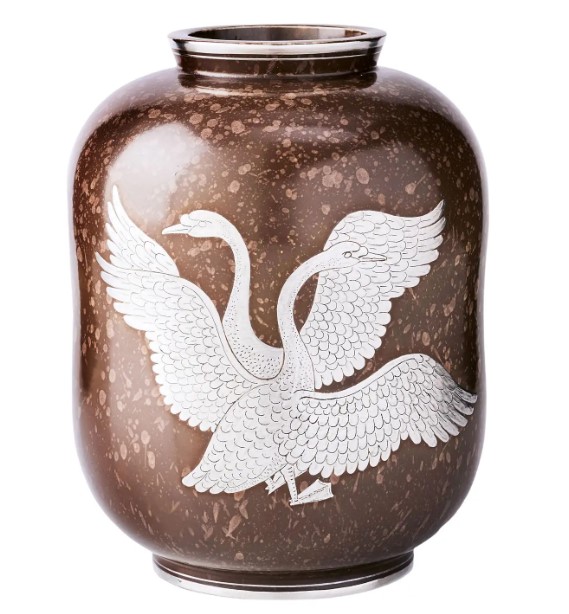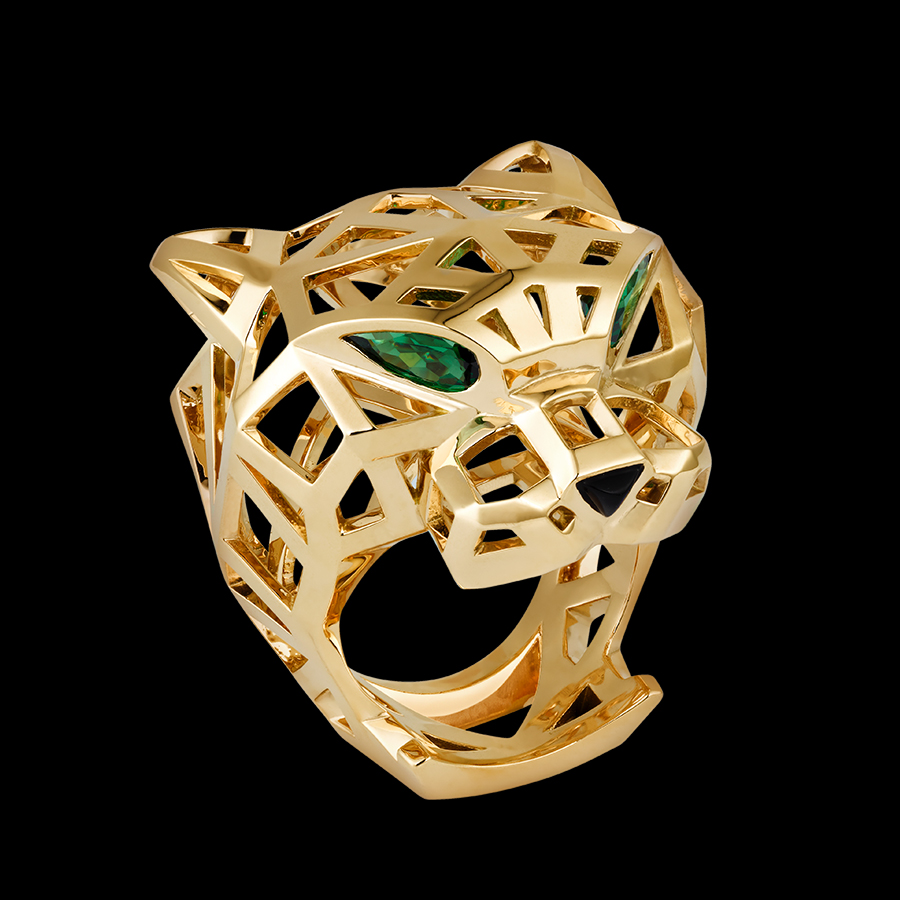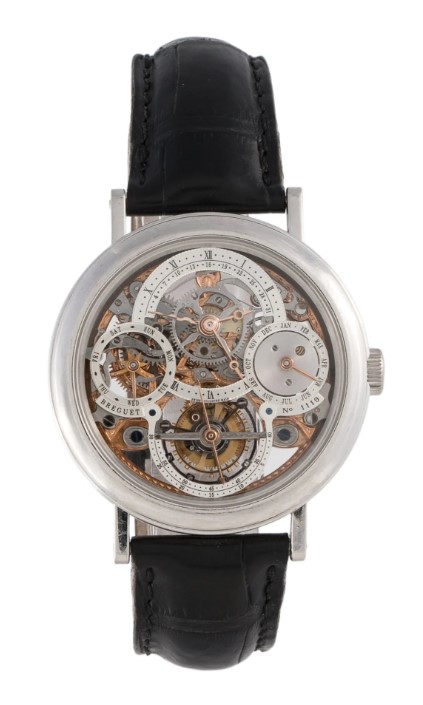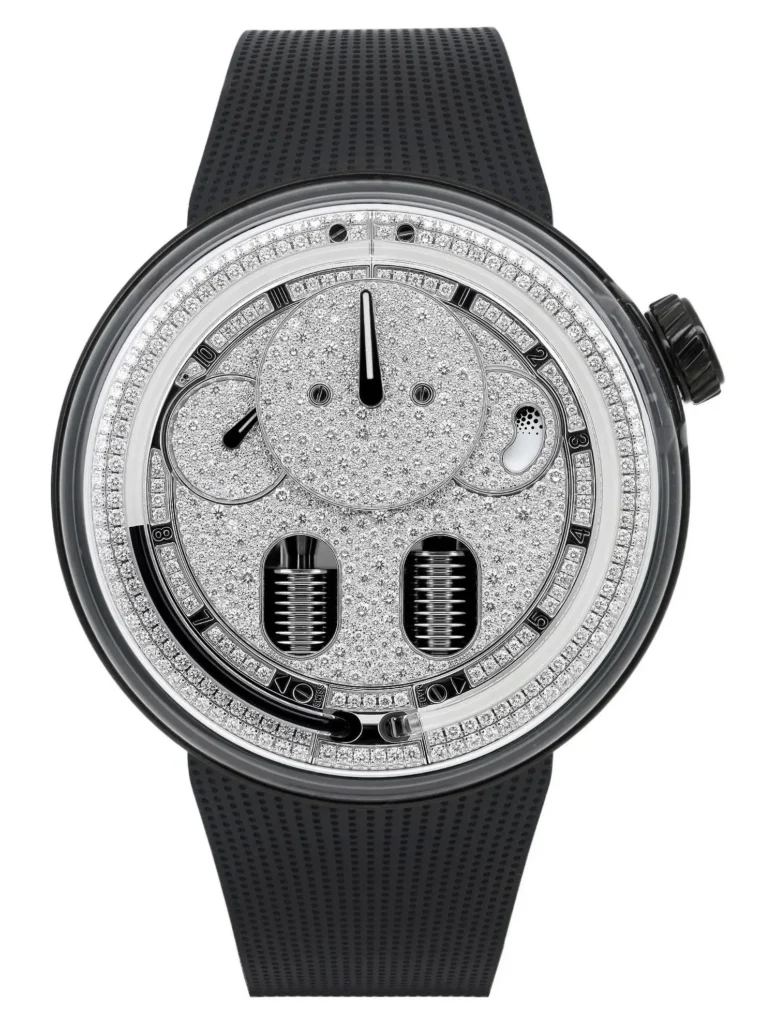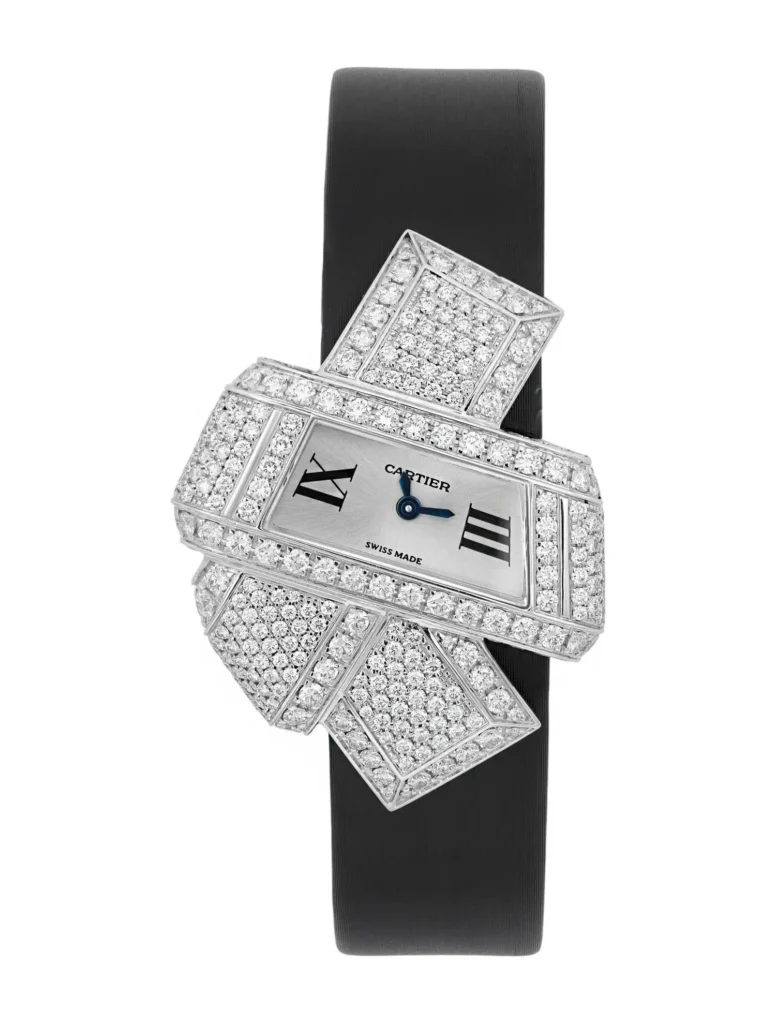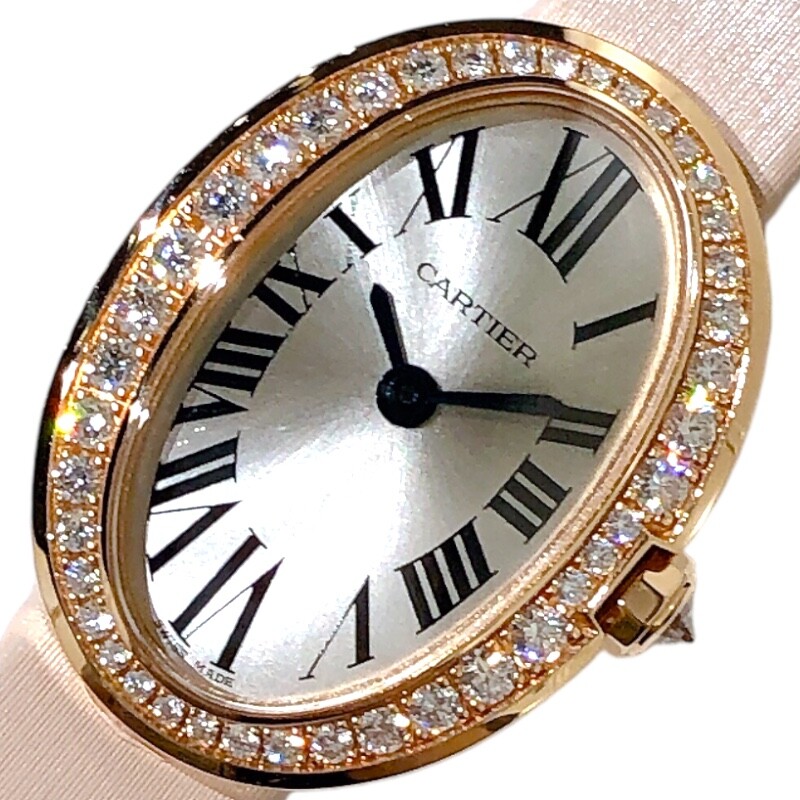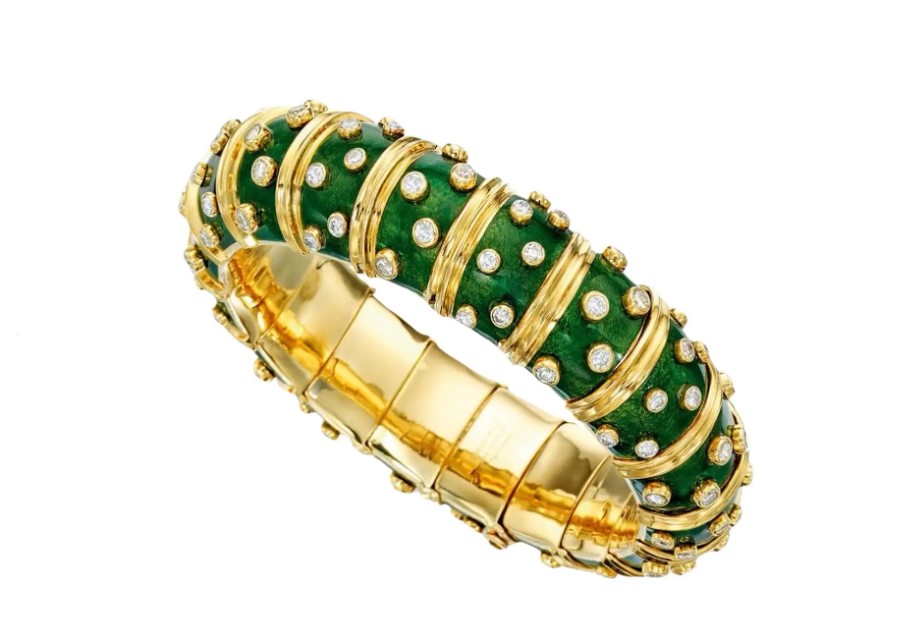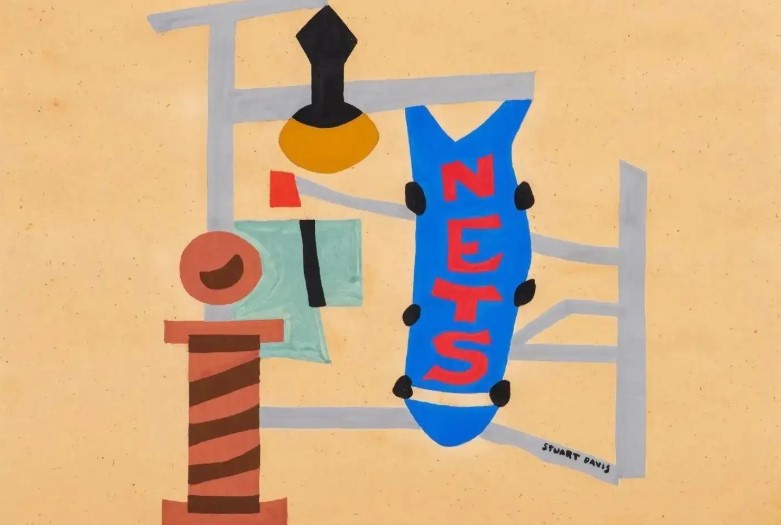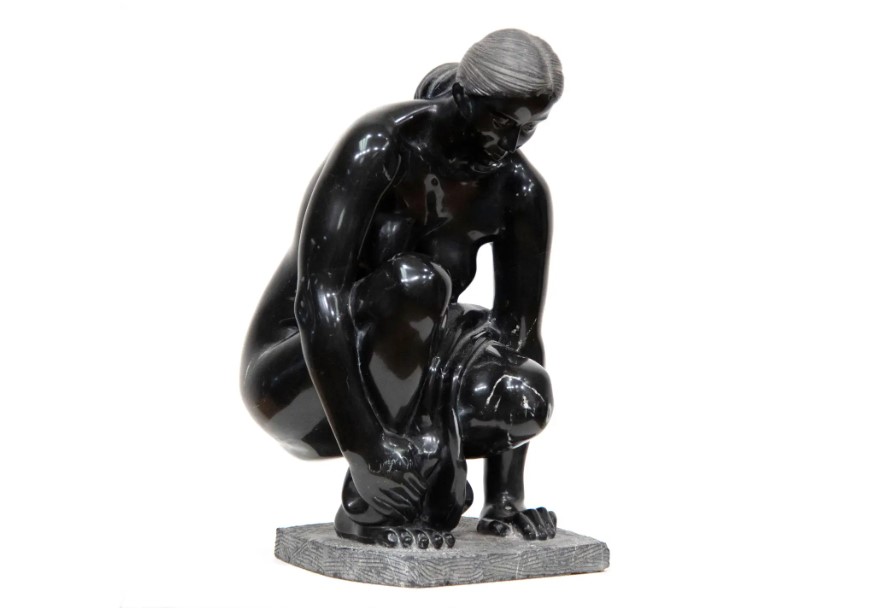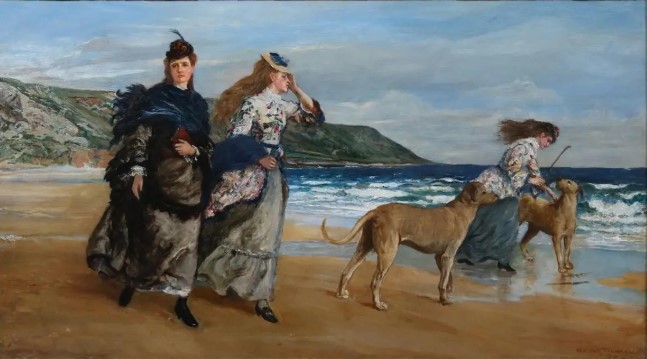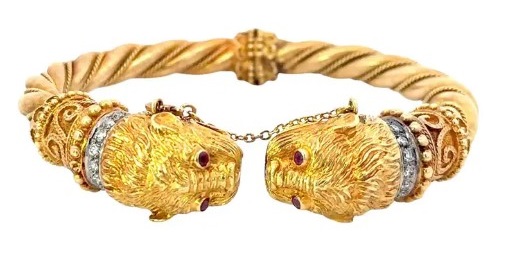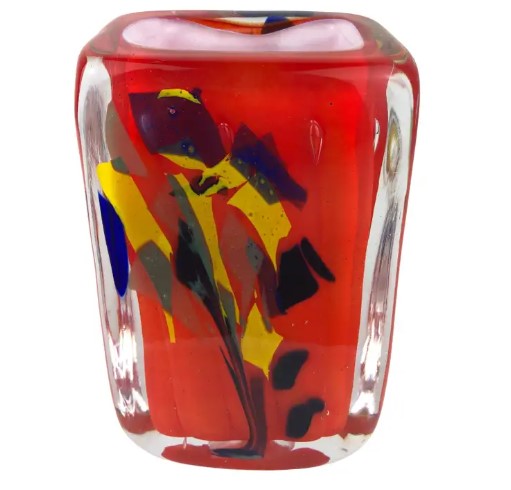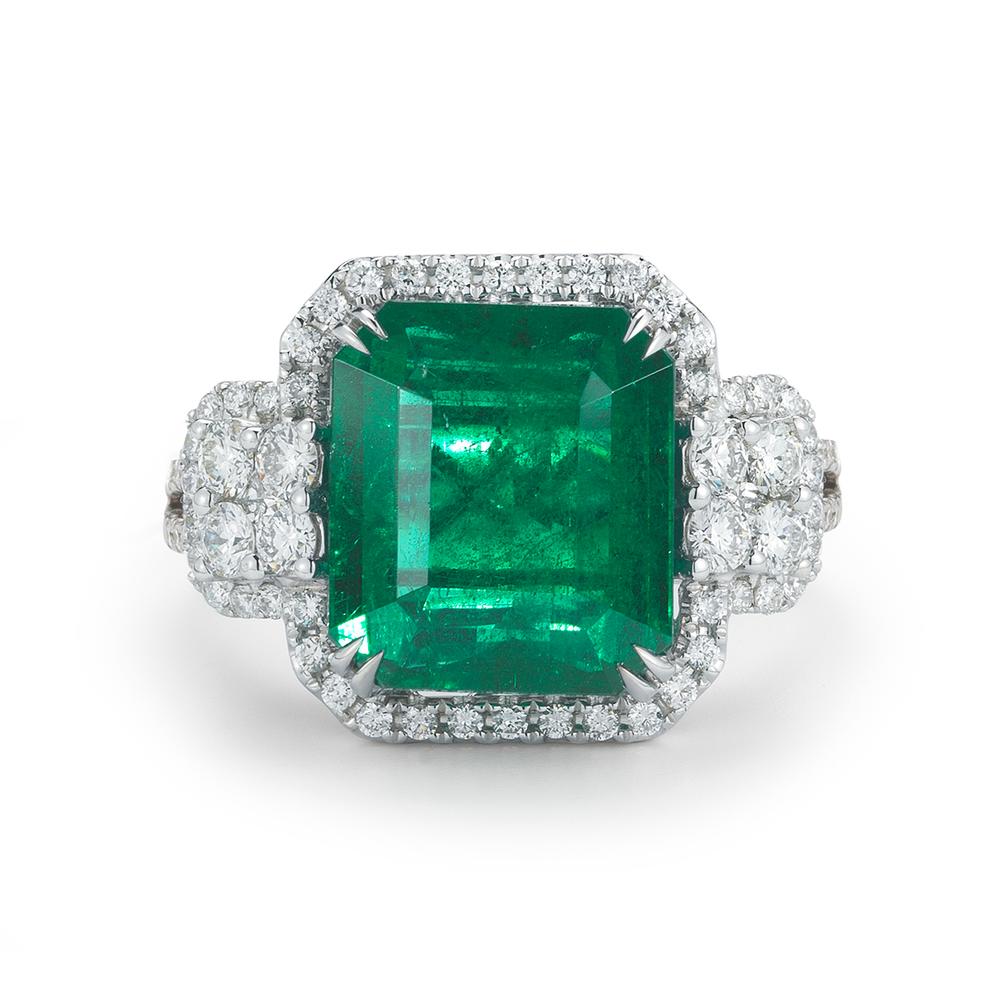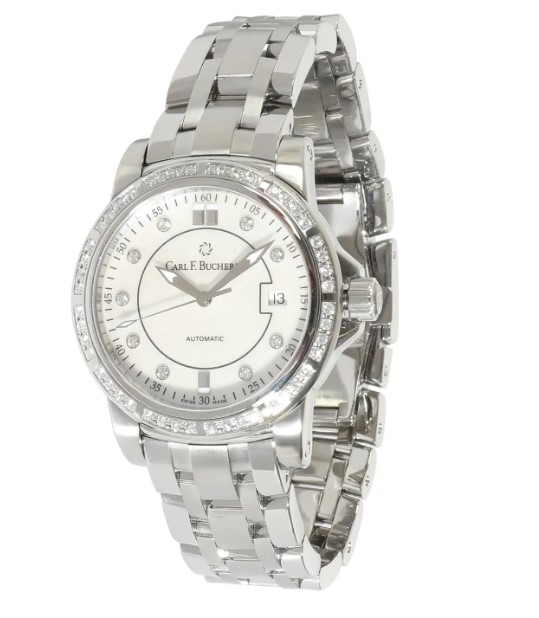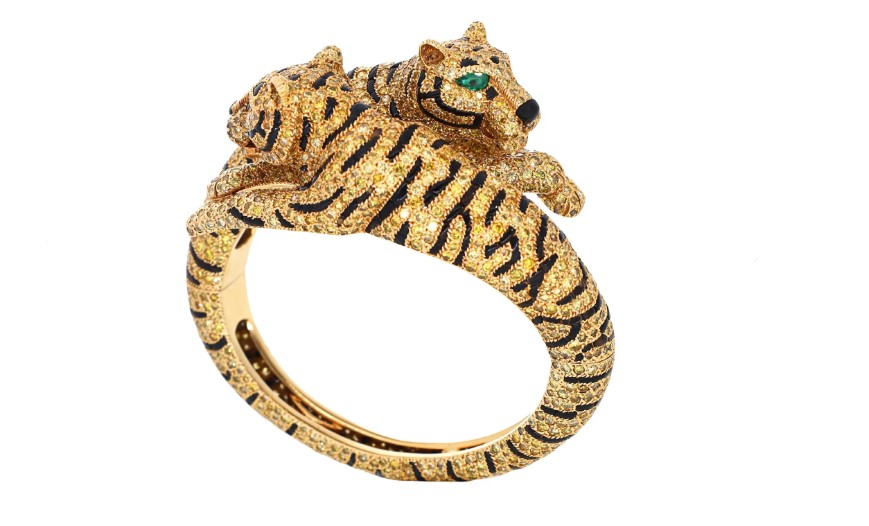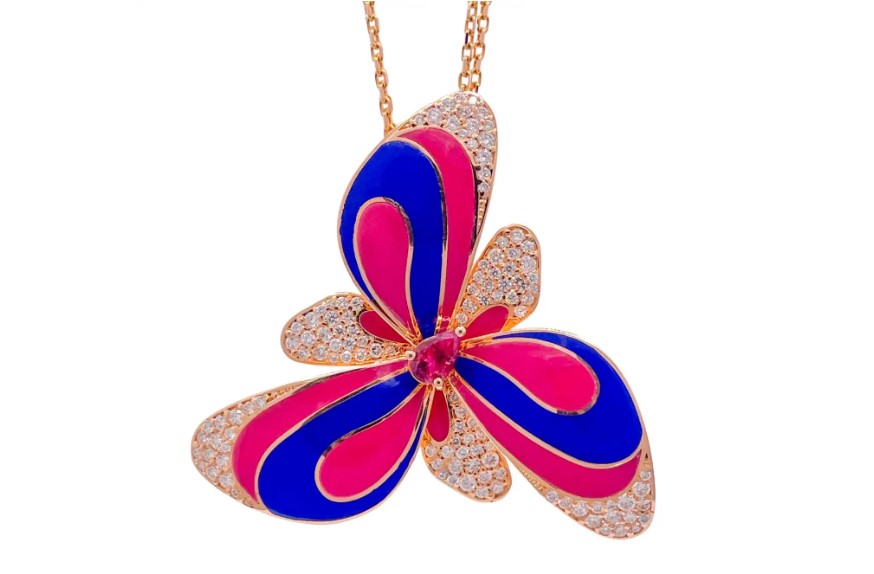Collectibles
Comic Book Collections
SHARE
Collecting comic books has been a popular hobby for decades. People of all ages are drawn to the colorful illustrations, compelling storylines, and nostalgia that comes with owning a piece of pop culture history. But beyond the enjoyment of reading and admiring comic books lies a serious business of collecting valuable editions.
First, it is important to note that not all comic books are valuable. The majority of comic books are mass-produced, and while they may hold sentimental value, they are unlikely to fetch a high price on the collector’s market. However, some comics are considered highly coveted. These are typically limited edition prints, first editions, or rare issues. The value of these comics can vary greatly, from a few hundred dollars to hundreds of thousands or even millions.
One of the most valuable comics in existence is Action Comics No. 1, which features the first appearance of Superman. In 2014, a copy sold for a whopping $3.2 million. This is due to its rarity and the significance of its historical importance. Other comics that hold high value include Spider-Man’s first appearance in Amazing Fantasy No. 15 and Batman’s first appearance in Detective Comics No. 27.
When it comes to collecting valuable comics, it’s important to understand the grading system. The condition and preservation of a comic book play a significant role in its overall worth. A comic book is graded on a scale of 1 to 10, with 10 being a “mint” condition comic. This means that the comic is in perfect condition, with no flaws or damage. Other grades include “very fine,” “fine,” and “good.” A comic’s grading determines its value, with mint condition comics being the most valuable.
Another factor that affects the value of a comic book is its age. In general, older comics tend to be more valuable. This is due to their rarity and the historical significance that they may hold. Comics from the Golden Age (1938-1950) and Silver Age (1956-1970) are particularly sought-after by collectors.
Adding to a comic book’s value is its authenticity. This means that the comic book is verified as an original edition, rather than a reproduction. There are several ways that collectors can ensure the authenticity of a comic book, such as checking for watermarks, examining the texture of the cover, or consulting with a professional appraiser.
So how do you start a comic book collection? Firstly, decide what you want to collect. Are you interested in a particular character, such as Spider-Man or Batman? Or do you want to collect comics from a certain era, like the Golden Age or Silver Age? Once you have a clear idea of what you’re looking for, start searching for comics in your local comic book stores, online marketplaces, or at comic book conventions.
When purchasing a comic book, it’s important to examine it carefully for any flaws or damage that may affect its grading or value. If you’re unsure about the condition of a comic book, it’s always best to consult with a professional appraiser. They can give you an accurate assessment of the comic’s condition and potential value.
Collecting comic books can be a fun and rewarding hobby. Whether you’re interested in rare editions or simply enjoy the stories and artwork, there’s something for every type of collector. But remember, not all comics are valuable, and it’s important to understand the factors that affect a comic’s worth before making any purchases. With a little research and some careful buying, you may just stumble upon a comic book that’s worth a small fortune.
